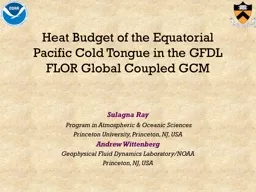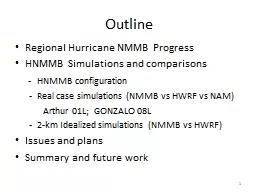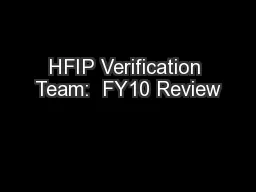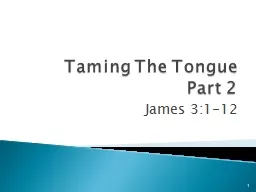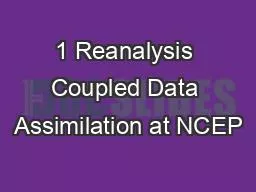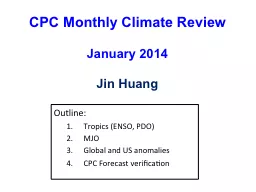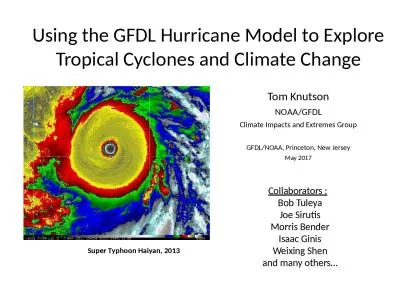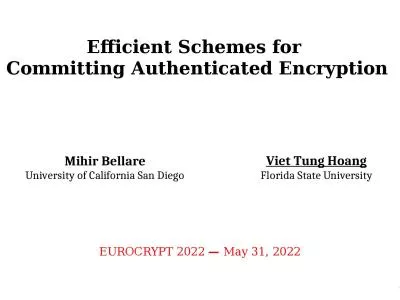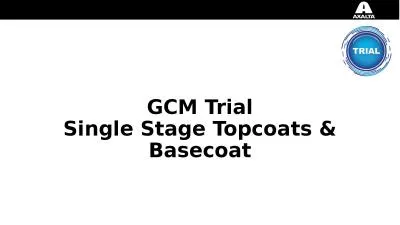PPT-Heat B udget of the Equatorial Pacific Cold Tongue in the GFDL FLOR Global Coupled GCM
Author : lois-ondreau | Published Date : 2018-11-01
Sulagna Ray Program in Atmospheric amp Oceanic Sciences Princeton University Princeton NJ USA Andrew Wittenberg Geophysical Fluid Dynamics LaboratoryNOAA Princeton
Presentation Embed Code
Download Presentation
Download Presentation The PPT/PDF document "Heat B udget of the Equatorial Pacific ..." is the property of its rightful owner. Permission is granted to download and print the materials on this website for personal, non-commercial use only, and to display it on your personal computer provided you do not modify the materials and that you retain all copyright notices contained in the materials. By downloading content from our website, you accept the terms of this agreement.
Heat B udget of the Equatorial Pacific Cold Tongue in the GFDL FLOR Global Coupled GCM: Transcript
Download Rules Of Document
"Heat B udget of the Equatorial Pacific Cold Tongue in the GFDL FLOR Global Coupled GCM"The content belongs to its owner. You may download and print it for personal use, without modification, and keep all copyright notices. By downloading, you agree to these terms.
Related Documents

